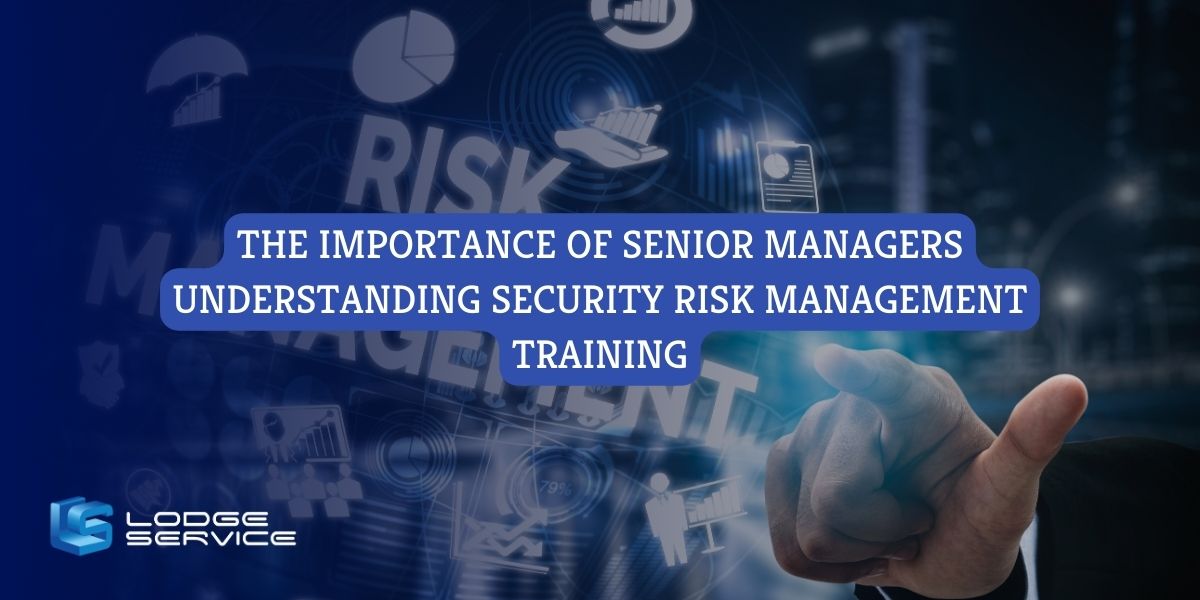Discovering the Value of Risk Management for Effective Decision-Making Methods
In the elaborate globe of company, Risk Management becomes a critical consider the decision-making procedure. The ability to recognize potential dangers and opportunities, and plan as necessary, can mean the distinction between success and failure. With devices such as SWOT and PESTEL, organizations are equipped to make educated choices, cultivating resilience and versatility in an ever-changing environment. Wondering exactly how this functions? Allow's unbox the dynamics additionally.
Understanding the Concept of Risk Management
Risk Management, a crucial part in decision-making, is typically misunderstood or oversimplified. Risk Management includes regimented and structured methods, making use of information and insightful assessments. From economic unpredictabilities, legal liabilities, tactical Management mistakes, to accidents and natural calamities, it deals with numerous risks - importance of risk management.
The Function of Risk Management in Decision-Making Processes
In the realm of calculated preparation and business operations, Risk Management plays an integral function in decision-making procedures. It assists in identifying prospective hazards and uncertainties that could impact the success of business objectives. By tracing these threats, firms can formulate techniques to minimize their influence, making sure organization continuity and security. Risk Management thus comes to be a vital tool in decision-making, aiding leaders to make informed selections based on an extensive understanding of the dangers involved. It motivates a proactive technique, enabling companies to prepare and expect for possible future situations. This substantially decreases the likelihood of negative consequences, promoting more efficient and effective decision-making strategies. Therefore, Risk Management acts as a crucial element in the decision-making processes of any type of organization.

Just How Risk Management Enhances Strategic Planning
In the context of strategic planning, Risk Management plays a critical function. Starting with the recognition of prospective threats, it better encompasses the execution of Risk mitigation actions. The function of Risk Management is not static yet dynamic, as it requires constant surveillance and adjusting of methods.
Identifying Potential Dangers

Implementing Risk Mitigation
Having actually developed the significance of determining possible threats, the next step is to check out Risk reduction. This process includes creating and carrying out strategies to handle determined dangers successfully. It is a critical aspect of tactical planning as it improves decision-making by decreasing potential negative results. Risk reduction approaches can vary from Risk avoidance, Risk transfer, to risk reduction. Each method must be customized to the specific Risk, considering its possible effect and the organization's Risk tolerance. Efficient Risk reduction needs a deep understanding of the Risk landscape and the possible effect of each Risk. This understanding allows organizations to focus on dangers and allocate resources properly, making certain that one of the most considerable threats are resolved initially.
Tracking and Adjusting Approaches
Though Risk mitigation is a critical step in strategic planning, continuous monitoring and adjustment of these techniques is similarly essential. It likewise gives a chance to examine the success of the Risk Management actions, enabling modifications to be made where needed, additional improving calculated preparation. Surveillance and adjusting Risk Management strategies is a vital component for improving a company's durability and tactical preparation.
Situation Studies: Successful Risk Management and Decision-Making
On the planet of organization and money, effective Risk Management and decision-making frequently serve as the columns of flourishing business. One such entity is an international oil firm that minimized economic loss by hedging versus changing redirected here oil costs. In one more instance, a tech startup thrived by recognizing and approving high-risk, high-reward techniques in an unstable market. A worldwide bank, confronted with regulative uncertainties, effectively navigated the circumstance with positive Risk evaluation and dynamic decision-making. These cases highlight the worth of sharp Risk Management in decision-making useful reference processes. It is not the lack of Risk, yet the Management of it, that typically separates successful companies from not successful ones. These situations underscore the vital role of Risk Management in tactical decision-making. importance of risk management.
Tools and Strategies for Effective Risk Management
These devices, such as Risk signs up and warmth maps, help in recognizing and assessing prospective threats. Risk reaction techniques, an essential element of Risk Management, involve approving, staying clear of, moving, or mitigating risks. With these strategies and devices, decision-makers can browse the complicated landscape of Risk Management, therefore facilitating informed and reliable decision-making.
Future Fads in Risk Management and Decision-Making Strategies
As we explore the substantial landscape of Risk Management, it becomes noticeable that the devices and methods made use of today will remain to advance. Future fads direct towards an increased dependence on modern technology, with expert system and device discovering playing substantial roles. These technologies will allow companies to predict prospective dangers with better precision and make more informed decisions. Additionally, there will certainly be an expanding focus on durability, not simply in taking care of risks however also in recuperating from negative situations. Lastly, the concept of Risk culture, where every member of an organization knows and associated click here to find out more with Risk Management, will certainly acquire more importance. These fads herald an even more aggressive and inclusive method in the direction of Risk Management and decision-making.
Final thought

Risk Management therefore ends up being an important tool in decision-making, aiding leaders to make educated choices based on a comprehensive understanding of the threats included. Risk reduction methods can range from Risk evasion, Risk transfer, to risk reduction (importance of risk management). Reliable Risk mitigation calls for a deep understanding of the Risk landscape and the potential influence of each Risk. Risk feedback approaches, a crucial element of Risk Management, include accepting, staying clear of, moving, or mitigating dangers. The concept of Risk culture, where every member of a company is conscious and included in Risk Management, will certainly get a lot more importance
Comments on “Understanding the Value of Risk Management in Current Business Practices”